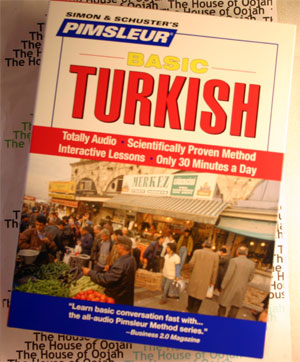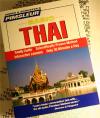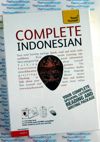Pimsleur Basic Turkish- Audio Book 5 CD -Discount- Learn to speak Turkish

Pimsleur Basic Turkish5 Audio CDs |
 |
Pimsleur Basic Turkish 5 Audio CDsBrand New : . 5 CDs
About the Turkish LanguageTurkish is a language spoken by 65–73 million people worldwide, making it the most commonly spoken of the Turkic languages. Its speakers are located predominantly in Turkey, with smaller communities in Cyprus, Bulgaria, Greece, and Eastern Europe. Turkish is also spoken by several million immigrants in Western Europe, particularly in Germany. The roots of the language can be traced to Central Asia, with the first written records dating back nearly 1,200 years. To the west, the influence of Ottoman Turkish—the immediate precursor of today's Turkish—spread as the Ottoman Empire expanded. In 1928, as one of Atatürk's Reforms in the early years of the new Turkish Republic, the Ottoman script was replaced with a phonetic variant of the Latin alphabet. Concurrently, the newly founded Turkish Language Association initiated a drive to reform the language by removing Persian and Arabic loanwords in favor of native variants and coinages from Turkic roots. The distinctive characteristics of Turkish are vowel harmony and extensive agglutination. The basic word order of Turkish is Subject Object Verb. Turkish has a T-V distinction: second-person plural forms can be used for individuals as a sign of respect. Turkish also has no noun classes or grammatical gender. Turkic languages and Altaic languages Turkish is a member of the Turkish, or Western, subgroup of the Oghuz languages, which includes Gagauz and Azeri. The Oghuz languages form the Southwestern subgroup of the Turkic languages, a language family comprising some 30 living languages spoken across Eastern Europe, Central Asia. and Siberia. Some linguists believe the Turkic languages to be a part of a larger Altaic language family. About 40% of Turkic language speakers are Turkish speakers. The characteristic features of Turkish, such as vowel harmony, agglutination, and lack of grammatical gender, are universal within the Turkic family and the Altaic languages.There is a high degree of mutual intelligibility between Turkish and the other Oghuz languages, including Azeri, Turkmen, Qashqai, and Gagauz. History The earliest known Turkic inscriptions reside in modern Mongolia. The Bugut inscriptions written in the Sogdian alphabet during the First Göktürk Khanate are dated to the second half of the 6th century. The two monumental Orkhon inscriptions, erected in honour of the prince Kul Tigin and his brother Emperor Bilge Khan and dating back to some time between 732 and 735, constitute another important early record. After the discovery and excavation of these monuments and associated stone slabs by Russian archaeologists in the wider area surrounding the Orkhon Valley between 1889–93, it became established that the language on the inscriptions was the Old Turkic language written using the Orkhon script, which has also been referred to as "Turkic runes" or "runiform" due to an external similarity to the Germanic runic alphabets. With the Turkic expansion during Early Middle Ages (c. 6th–11th centuries), peoples speaking Turkic languages spread across Central Asia, covering a vast geographical region stretching from Siberia to Europe and the Mediterranean. The Seljuqs of the Oghuz Turks, in particular, brought their language, Oghuz Turkic—the direct ancestor of today's Turkish language—into Anatolia during the 11th century. Also during the 11th century, an early linguist of the Turkic languages, Ka?garl? Mahmud from the Kara-Khanid Khanate, published the first comprehensive Turkic language dictionary and map of the geographical distribution of Turkic speakers in the Compendium of the Turkic Dialects (Ottoman Turkish: Divânü Lügati't-Türk). |
Pimsleur Basic Turkish 5 Audio CDs |


 0 Items (Empty)
0 Items (Empty)



